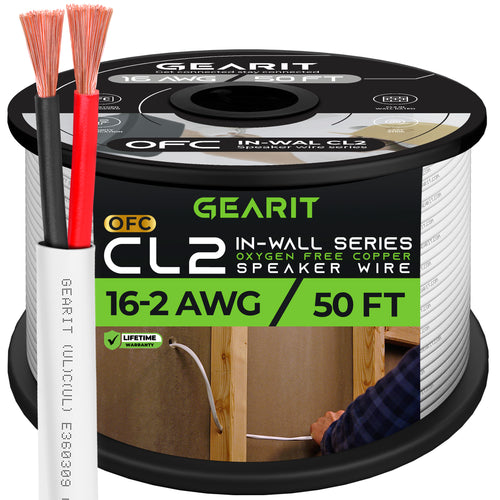
In the world of electrical wiring, where precision and safety are paramount, understanding the nuances between different classifications is crucial. Among these classifications, CL2 and CL3 wiring stand out as commonly used types, each with its own set of characteristics and applications. In this article, we delve into the distinctions between CL2 and CL3 wiring to shed light on their purposes and potential implementations.
Understanding CL2 Wiring
CL2 stands for Class 2, which refers to a classification designated by the National Fire Protection Association (NFPA) for cables used in low-voltage applications. CL2 wiring is primarily utilized for in-wall installations and other concealed spaces where the risk of fire propagation must be minimized. Its design is optimized to meet safety standards while providing reliable performance.
Key Characteristics of CL2 Wiring:
Fire Resistance: CL2 wiring is engineered with fire-resistant materials that inhibit the spread of flames. This feature is critical for installations where cables may be exposed to heat sources or potential fire hazards.
Insulation Thickness: The insulation on CL2 wiring is thicker compared to lower classifications, providing enhanced protection against electrical faults and short circuits. This thicker insulation reduces the risk of arcing and electrical failures.
Voltage Rating: CL2 wiring is suitable for low-voltage applications, typically ranging from 30 to 150 volts. This makes it ideal for powering devices such as speakers, thermostats, and security systems within residential and commercial settings.
Exploring CL3 Wiring
CL3 wiring, like CL2, is classified by the NFPA and is designed for similar applications. However, CL3 wiring is engineered to meet more stringent requirements, particularly in terms of fire resistance and environmental durability. It is commonly employed in scenarios where higher safety standards are mandated or where cables may be subject to more extreme conditions.
Key Characteristics of CL3 Wiring:
Enhanced Fire Resistance: CL3 wiring exceeds the fire resistance standards set for CL2 wiring. It incorporates specialized materials and construction techniques to withstand higher temperatures and resist combustion, making it suitable for use in environments where fire safety is a top priority.
Outdoor Use: While CL2 wiring is typically intended for indoor installations, CL3 wiring is often rated for outdoor use as well. Its robust construction allows it to withstand exposure to moisture, UV radiation, and temperature fluctuations, making it suitable for outdoor speakers, landscape lighting, and other outdoor applications.
Voltage and Current Ratings: CL3 wiring maintains the same voltage rating as CL2 (30 to 150 volts) but may have higher current-carrying capacities. This enables it to power more demanding devices or support longer cable runs without compromising performance or safety.
Choosing the Right Wiring for Your Needs
When deciding between CL2 and CL3 wiring, several factors should be considered, including the specific requirements of your installation, applicable building codes, and budgetary constraints. While CL2 wiring may suffice for many residential and commercial applications, CL3 wiring offers additional peace of mind in environments where heightened safety and durability are imperative.
It's essential to consult with a qualified electrician or knowledgeable supplier to ensure that the chosen wiring meets all relevant standards and regulations. By selecting the appropriate wiring classification for your project, you can ensure optimal performance, longevity, and safety for your electrical system.
In conclusion, while CL2 and CL3 wiring share similarities in their intended applications, they differ in their construction, fire resistance, and environmental durability. Understanding these distinctions is crucial for making informed decisions when planning electrical installations and ensuring compliance with relevant safety standards. Whether you opt for CL2 or CL3 wiring, GearIT has a wide selection of wiring that fits your needs.





















































